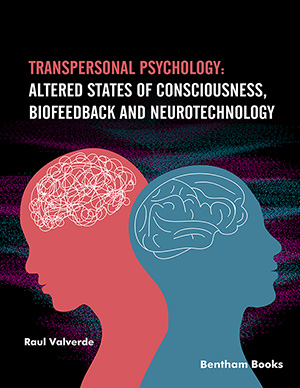Abstract
This chapter aims to analyze the setting of Gattaca, a 1997 science fiction film written and directed by Andrew Niccol, by highlighting the spatial, architectural, and contextual connections that help catalyze the plot. The film shares features with biopunk, a subcategory of science fiction. Natural spaces are used sparingly, and multiple settings symbolize the transition of human culture from organic to artificial. Natural processes are replaced by scientific innovations, and human beings are seen as a mere means for creating a utopian ideal whereby everyone is engineered to carry certain genetic features to ensure health, longevity, and maximum ability. This creates a homogenous society based on a new hierarchical structure. The protagonist, albeit by illegal means and being a naturally conceived child, fights against the odds stacked against him to fulfill his desires. The natural spaces are used in the film to mark the turning points in the protagonist’s life. Mechanization and standardization of human beings are also emphasized by the spaces in which they live their lives. While the living and working places are devoid of natural light, the workers are deprived of any mimic or expression. The uniformity of the costumes, the futuristic elements being limited to identity scanning devices, the prepotency of arches, and the circular elements in the interior and exterior architecture signal a vicious cycle, and the back streets that function as shelters while running from security are all manifestations of a consistent mise-en-scène that presents barriers in the way of diversification and dynamism in all areas.
Keywords: Alienation, american architecture, american culture, biopunk, dystopia, degeneration, eugenics, frank Lloyd Wright, futurism, gattaca, genetic engineering, homogenization, mise-en-scène, mechanization, nature, organic architecture, setting, science fiction, standardization, utopia.







